Mathematics is commonly perceived as a challenging subject for non-math majors. Traditional teaching methods—like paper textbooks, static exercises, and monotonous one-sided lectures—don’t fit today’s students’ diverse learning styles and backgrounds.
Luckily, interactive math learning can help us motivate students to switch from passive learners to active agents in their learning journey.
In this blog post, we’ll explore the transformative potential of interactive math learning. We’ll see how a leading institution like the University of Amsterdam creates interactive resources for learning, practicing, and assessing mathematics. We will also share some ideas you can quickly implement in your course.
Interactive math learning can grab your students’ attention and encourage their participation. It also has the potential to make math more enjoyable, letting teachers design positive learning experiences that improve students’ attitudes toward math. Through fun interactive math activities, teachers can encourage early practice and prevent students from cramming before the exam.
Interactivity can facilitate students to break down and visualize complex concepts and experiment with them, increasing retention and promoting their ability to adapt their knowledge to future scenarios.
Interactive experiences can help educators build an immersive learning environment where students work on their problem-solving skills and grasp complex content while having fun. Below, we will give some examples of effective math interactive activities.

Technology-enhanced interactive math activities can facilitate students to develop their skills and knowledge at their own pace. This is essential considering instructors’ demand for adaptability since they usually have students with diverse math proficiency levels and needs in their classes.
Besides, this flexible approach allows educators to experiment and examine their results. It permits getting real-time feedback on students’ progress so instructors can make improvements to their curriculum and teaching strategies in time.
Introducing dynamic elements can increase students’ attention and engagement when giving lectures. Activities like online polls and quizzes can energize learners and aid them in processing the material addressed in the session, boosting retention. These elements can be mixed with traditional methods.
For example, during a lecture, students can quickly scan a QR code that invites them to one of these interactive activities. These tasks can last less than five minutes but have a considerable positive impact on their attention.
Likewise, assessing your students from the beginning has many advantages, like detecting and fixing knowledge gaps. Here, you can learn more about the benefits of testing your students early and frequently.
Many math students wonder: “What’s the point of studying this?” Interactive math learning with real-life examples can be an ideal solution to this challenge.
Using pop culture and recent news to illustrate the course content can make this subject more engaging and less abstract. From the math behind popular films to the results of the latest elections, there are unlimited creative possibilities for educators.
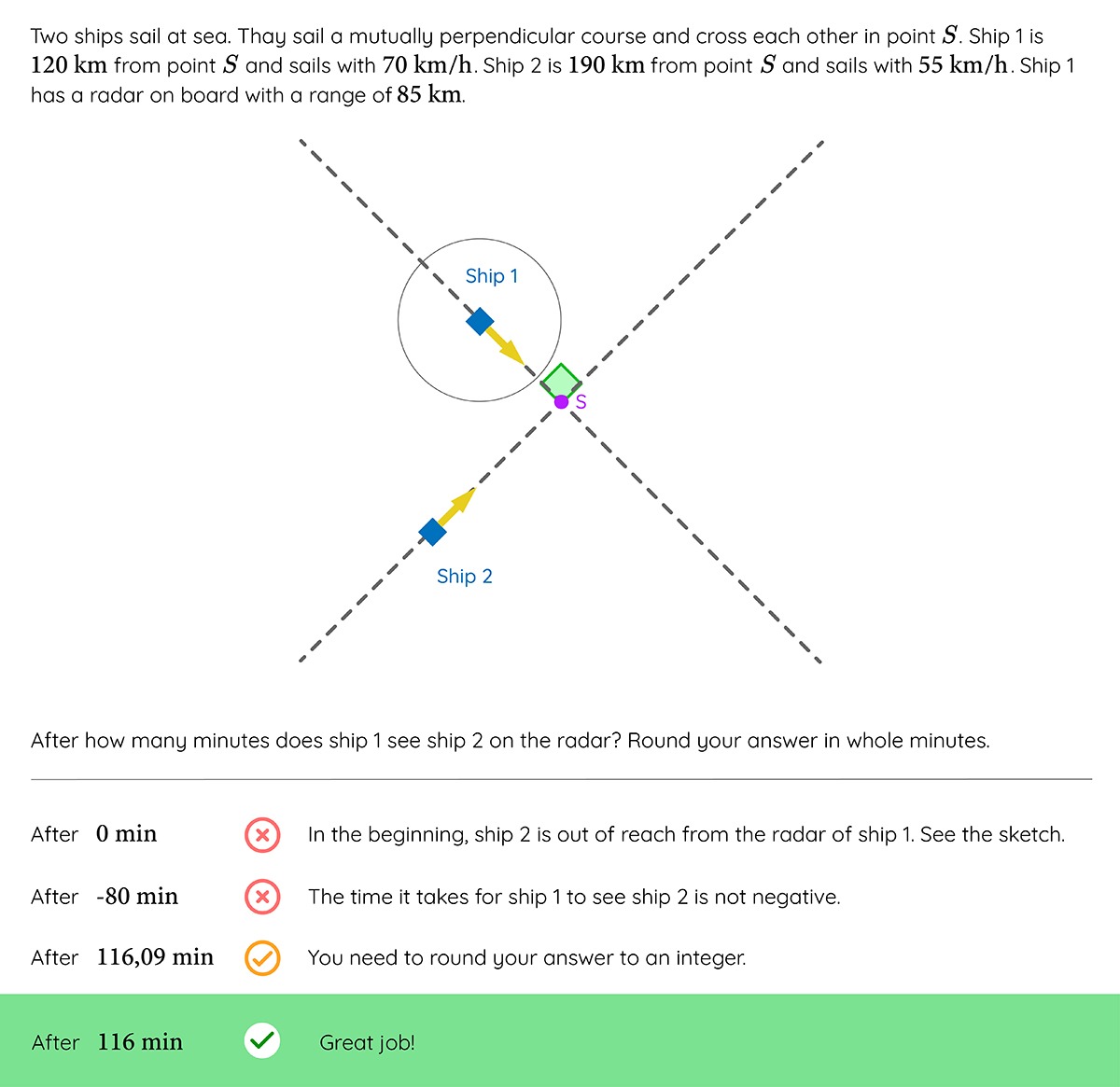
We recently developed our Basic Math course extension with real-world math exercises. Here, you can explore it.
Students often find mathematical theory dull, incomprehensive, and/or intimidating. Interactive resources are a way to stimulate learners and invite them to understand this content in a friendlier way without losing academic rigor.
In Sowiso’s digital textbooks, our theory pages include color-coded text, drop-down menus that explain specific proofs in further detail, interactive GeoGebra visualizations, and worked-out examples. You can try out our interactive materials in our open courses.
When doing their homework, students can benefit from getting real-time feedback right away with personalized explanations instead of waiting to find their exercises’s answers. Apart from fixing students’ misconceptions early on, this immediacy and accuracy can motivate them to keep trying and master the content.
When students practice on Sowiso, our platform analyzes their input and identifies the mistakes, enabling hints and specific feedback to their learning path. It also rewards them for their progress with positive messages. Besides, since the variables in our problems are randomized, learners can have unlimited practice.
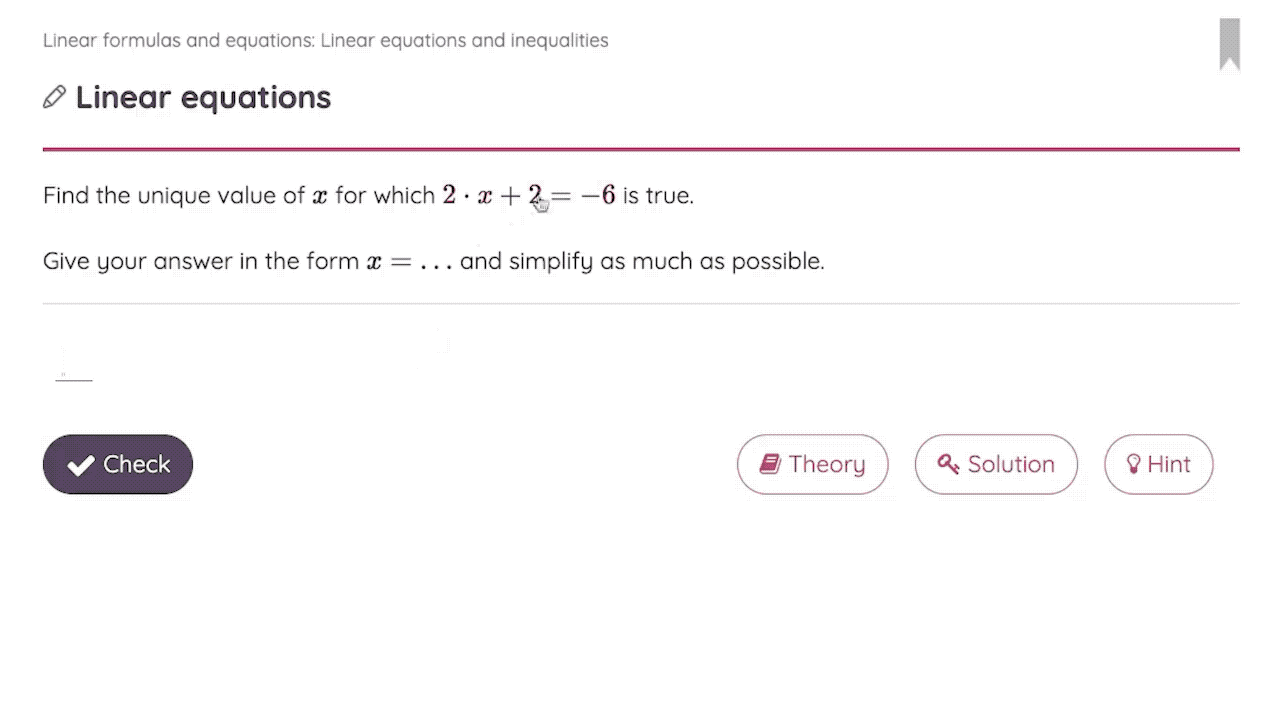
Thanks to randomization and personalized feedback, we offer endlessly reusable math worksheets with line-by-line feedback. These technologies facilitate personalized learning, enabling a student-centered approach easily and efficiently.
The best way to learn mathematics is by practicing. We believe in providing personalized support to every student at any stage of the learning process. That’s why our interactive math worksheets have reusable open-ended questions with helpful feedback and hints for all student inputs.
Our platform provides curated worksheets on math topics such as Foundational Math, Linear Algebra, Calculus, Differential Equations, Financial Arithmetic, Statistics, and more.
On top of all this, creating your own interactive math exercises is possible too!
Gamification is a fantastic way to motivate students while they improve their outcomes. It can also give them an overview of their progress in a fun and insightful way. Interactive math games can take multiple shapes, such as interactive quizzes and puzzles.
At Sowiso, we use achievement badges to incentivize students to keep progressing. They can gain medals as they practice and learn. Educators can reward them for multiple achievements, like “Reply to 20 questions with one mistake or less”, “Answer five questions on the forum” or “Solve questions on seven different days.”
Even praising students for the apparently smallest accomplishments can infuse them with a feeling of achievement that might improve their attitude toward math and cultivate their sense of growth.
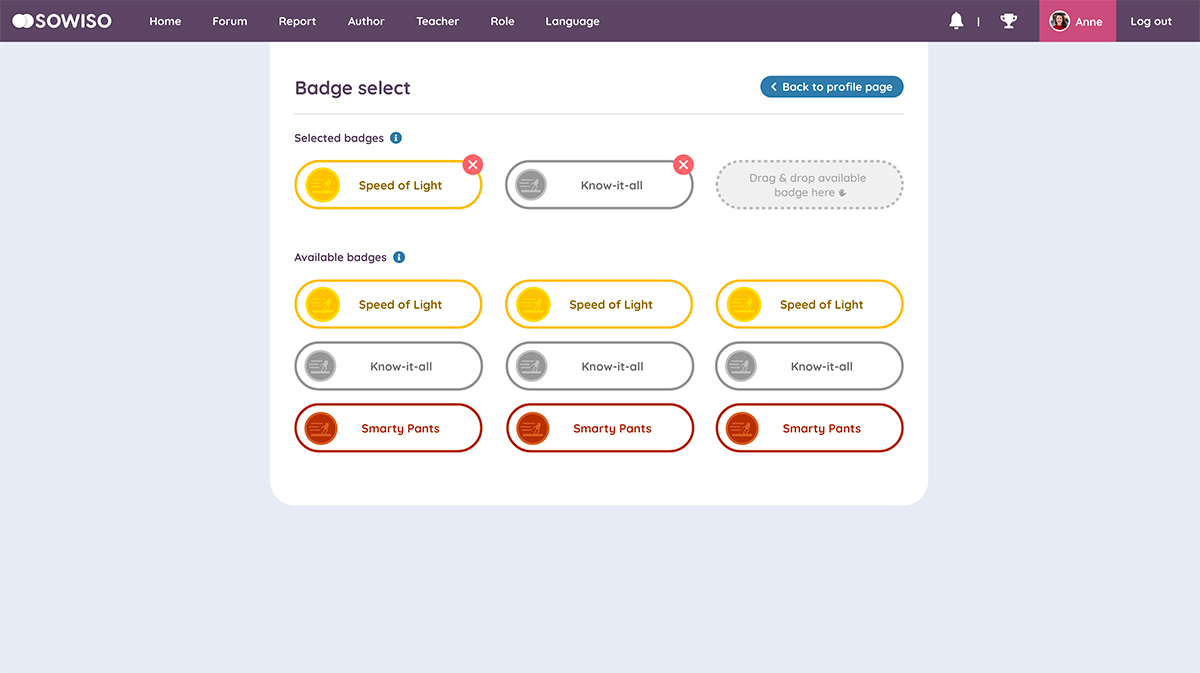
Flip the traditional classroom model by assigning interactive math lessons as homework. This allows students to engage with the material at their own pace and use class time for collaborative problem-solving and discussions.
This instructional methodology aims at increasing student engagement and performance by adopting a more learner-centric approach. Students are asked to prepare beforehand by self-studying the topic that will be the focus during the course. You can use all the interactive math activities mentioned previously.
By introducing a topic to the students outside of class hours, teachers have time during the actual class to give more personalized attention to everyone as they apply what they learned before class. Here is room for activities like interactive math quizzes about the studied material.
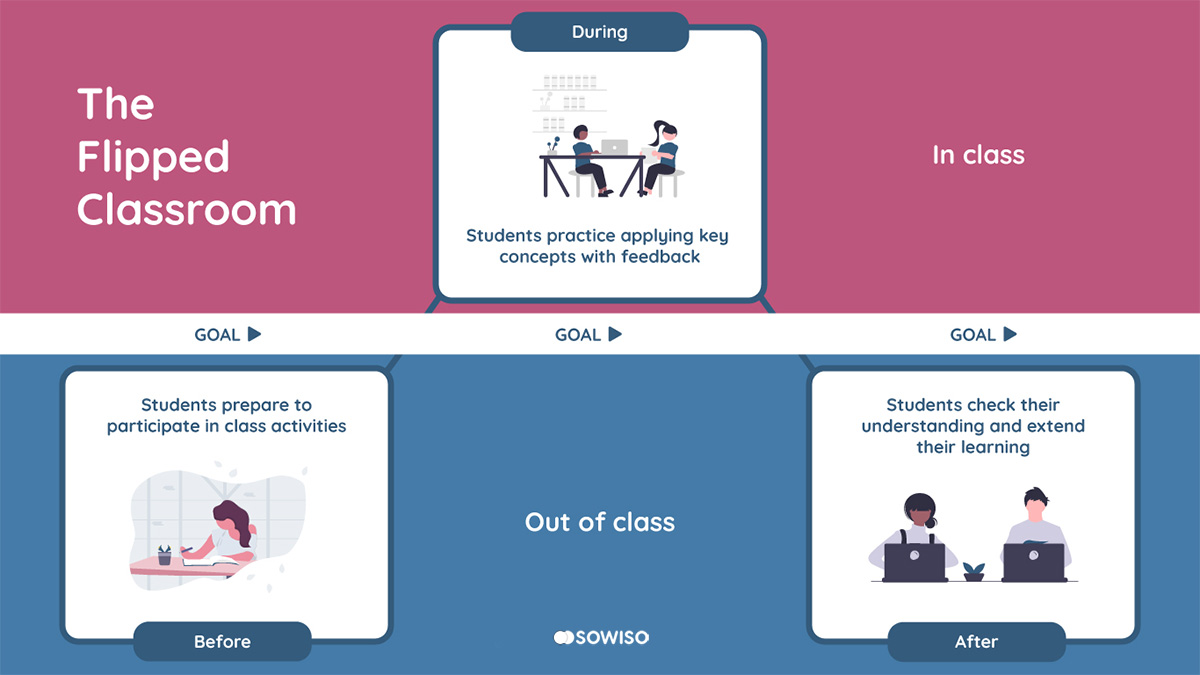
In this blog post, you can learn more about this method and how to implement it in your math classroom.
We often need to remember the potential of positive social interaction in mathematics. Interactive and collaborative math activities can boost your class’s sense of belonging. Exposure to other perspectives and ways to solve problems can also help students develop their problem-solving, communication, and critical-thinking skills. We suggest interactive math activities like asking students to solve problems in small groups.
Using online forums can also foster a sense of community. These digital spaces are a great way to participate for shy students who don’t want to ask a question out loud during a lecture (to help them, we also enable learners to post anonymous questions in our forums).
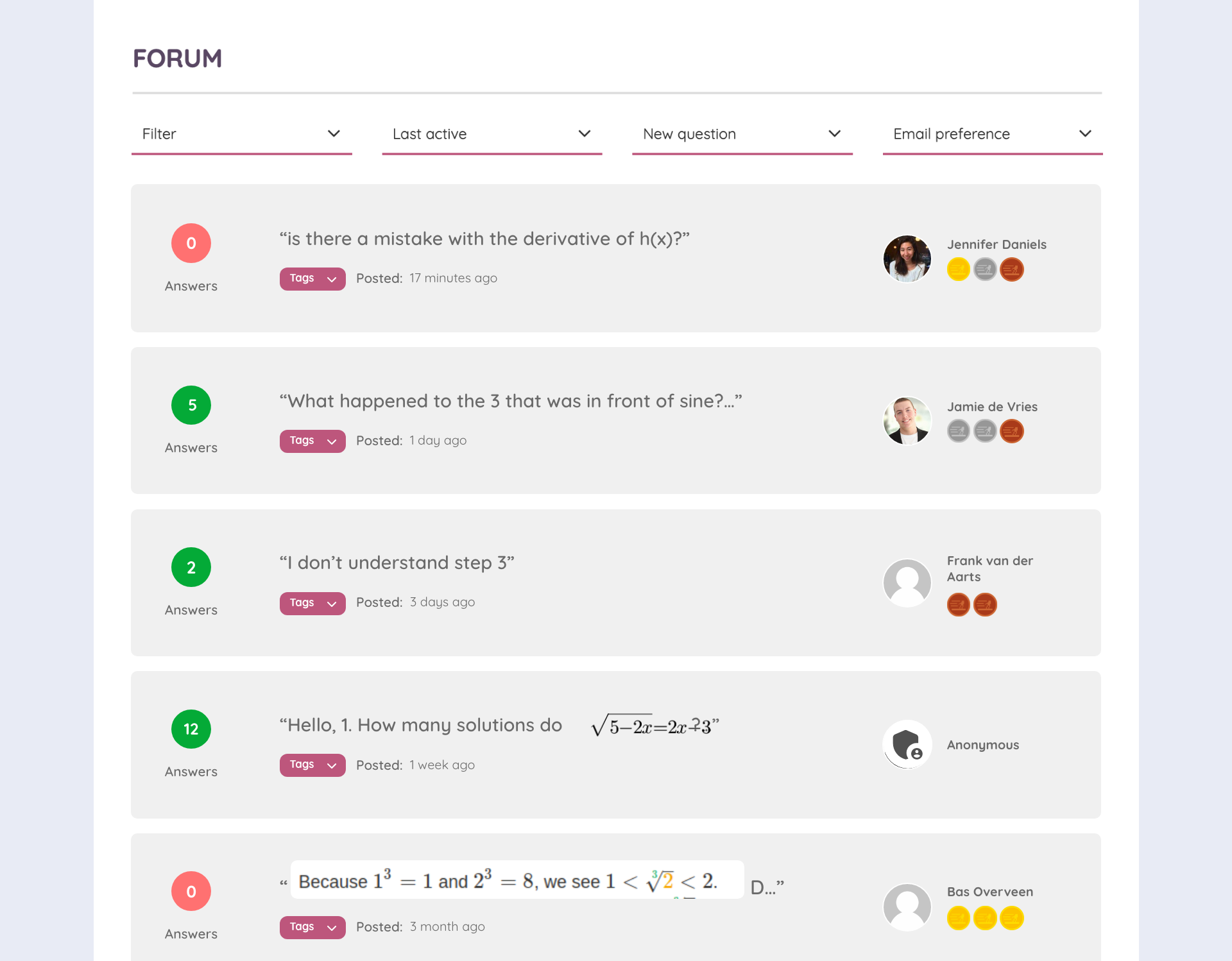
In this use case, you can read how teachers at the Technical University of Eindhoven discovered that forums are a key feature in a particularly challenging STEM course.
The Faculty of Science of the University of Amsterdam uses Sowiso to create interactive math learning materials and support students. Dr. André Heck has used this platform in his research about realizing interactive mathematical documents for learning, practicing, and assessing mathematics with university students.
Heck analyzed a Sowiso-based course in basic mathematics for first-year psychobiology students. Before starting this study, students in this course often found difficulties studying this subject alone. Therefore, adaptations that enabled efficient interactive self-study were introduced.

To solve this obstacle, educators used the interactive features mentioned above: automated personalized feedback, hints, and randomization to guide students step-by-step toward the answers to the exercises. With Sowiso, this institution integrated instruction, practice, and assessment in an interactive online module.
Students were evaluated with digital assignments on Sowiso. Various formative assignments were used to help students measure objectively their learning progress and master their math.
The results of this method were advantageous for both learners and instructors.
Benefits for learners:
Benefits for educators:
It’s essential to understand the pedagogical reasoning behind implementing interactive activities rather than using technology for the sake of it. Planning the learning outcomes beforehand and choosing the right digital tool can facilitate the implementation of effective interactive math activities.
The possibilities for interactive learning in the math classroom are endless. We hope this blog post can aid you in engaging your students and help them own their math learning journey.

Personalized learning in mathematics: How can we help students own their learning journey?

Learn how to engage your students by integrating mathematics tutorials into your lessons.

Instructional digital tools will upgrade your teaching. Learn how to integrate technology into the math classroom and get some inspiration for your lessons.